Starting any new class for the first time can often be daunting, and you may have many questions regarding what goes on in a yoga class before deciding to come along.
Below are some frequently asked questions that people often ask before beginning a yoga class.
If you would like any more information or need to ask a question that isn't listed below, then please feel free to get in touch using the form on this page, or contact using our contact page and we'd be glad to help you out if we can.
Our classes run on a pay-as-you-go basis, just reserve a space online before you come to class, and come along. You don't have to pay when you reserve a space (though you can if you would like to) you can pay with cash, card or contactless when you come to class. If you haven't got access to online, you can phone, text, or email us, and we will gladly book your space.
We feel you come to yoga to relax, and therefore we keep paying for classes simple with no monthly sign ups. We feel our class price is reasonable without the need for committing to lengthy contracts.
Please make sure you don't eat a large meal before a yoga practice. Ideally eat two hours before a class so that food can digest.
We are often asked this in classes, and while a regular practice will help promote strength, flexibility and slowly tone you, we would be lying if we told you yoga will help you to lose weight on its own.
Yoga alone is not a replacement for eating a healthy, wholefood diet. However, in combination with a wholefood diet it will help you to lose weight, the same as regular walking will help you to lose weight, or swimming, or any other kind of activity...
Nothing is more important than the food you eat, and nothing will help you lose weight more (and keep it off) as following a healthy, wholefood diet in conjunction with ANY form of exercise, not just yoga.
Yoga mats, blocks, blankets and belts are provided in my classes but please feel free to bring your own mats and any other equipment that you wish to use such as eye pillows, bolsters or cushions.
Please consult with your doctor first before coming along to a yoga class if you are on medication or have any injuries. If you have any injuries, are on any medication, if you are pregnant or if you think there is something I should be aware of, please inform me before the class begins. You can also contact me to discuss any medication or injuries that you may have.
No you do not as yoga is for everyone and all abilities. Firstly yoga is not in any way competitive and everyone works at a level that is right for them using suitable modifications if needed.
It is important in yoga to listen to your own body and do what feels right for you. We are all built differently which means that we all progress at our own rate.
You must listen to your own body and work safely within your own limitations and if something doesn't feel right or you feel discomfort then please stop what you are doing.
Yoga is more than just the physical postures - this is just one aspect of it.
Asana (postures) and pranayama (breathing practices) are two of the eight limbs or branches of yoga. By connecting the mind, body, and breath it helps us to direct our attention inward.
Yoga arose from the ancient Indian philosophy of Vedanta and began in India an estimated five thousand years ago. Yoga is a system of its own, not a religion.
Please arrive 5-10 minutes before the class so that you have time to settle down on your mat and have time to speak to me if needed.
All new members are asked to fill in a short health questionnaire so that I am aware of any medical conditions/injuries, I can then give you suitable modifications throughout the class.
Please be mindful of other students during the class when you are entering and leaving.
Please make sure that your mobile phones are turned off or are on silent so that the class is not disturbed.
It is recommended that you do not practice for the first fifteen weeks of pregnancy and it may be more suitable and beneficial if you attend a pregnancy yoga class.
Of course you can. My classes are suitable for all adults and all abilities including beginners through to those that are more experienced unless specified in my timetable. I offer modifications and props to make yoga accessible for all.
I recommend wearing comfortable non-restricting clothing. I advise that socks are taken off but this isn't mandatory. It enables you to have direct contact with your mat so that you're less likely to slip.
I find it beneficial to wear layered clothing so as the class progresses you can remove the odd layer or two if you find yourself getting too hot.
I'm sorry but currently my classes are for adults over the age of 18 only. If you would like more information please contact me and I can offer you advice.
We realize we collect some quite personal information from you before you attend one of our classes but we take your privacy very seriously. You can read about how we store your information, and what we do with it on our Privacy Policy page.
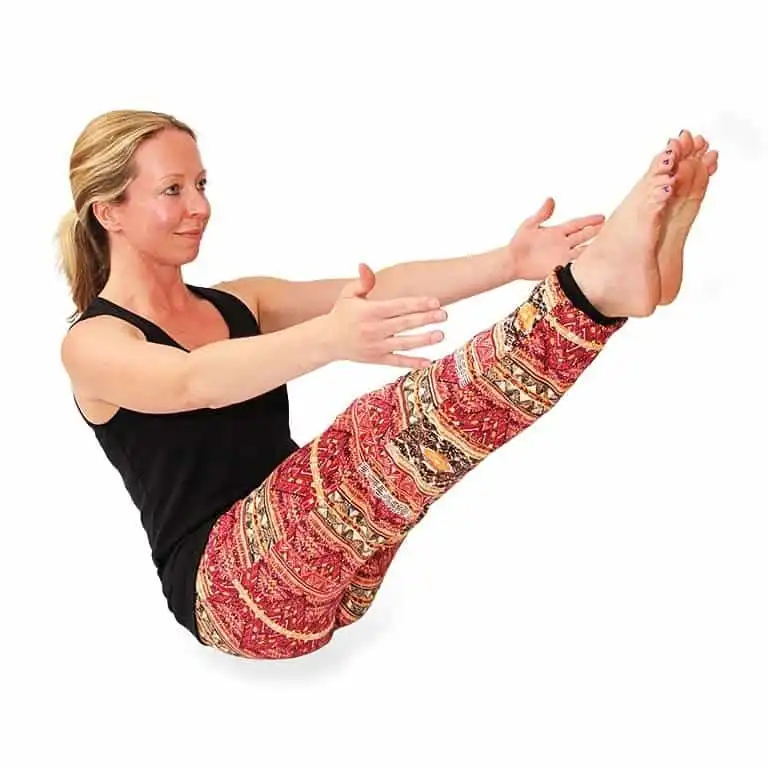
Navasana is a strong, challenging seated balance pose. It strengthens and tones the abdominal organs and works the muscles of the lower back. Develops focus and concentration.
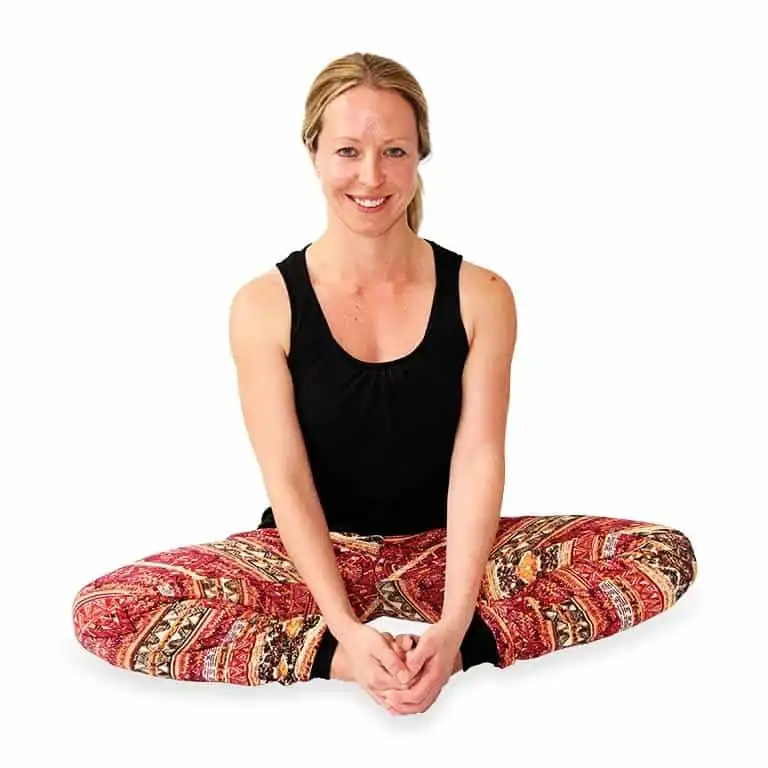
Baddha Konasana is an excellent hip opener. This seated pose stretches the adductor muscles of the inner thigh, groin, and ankles. Helps prepare hips for seated poses.
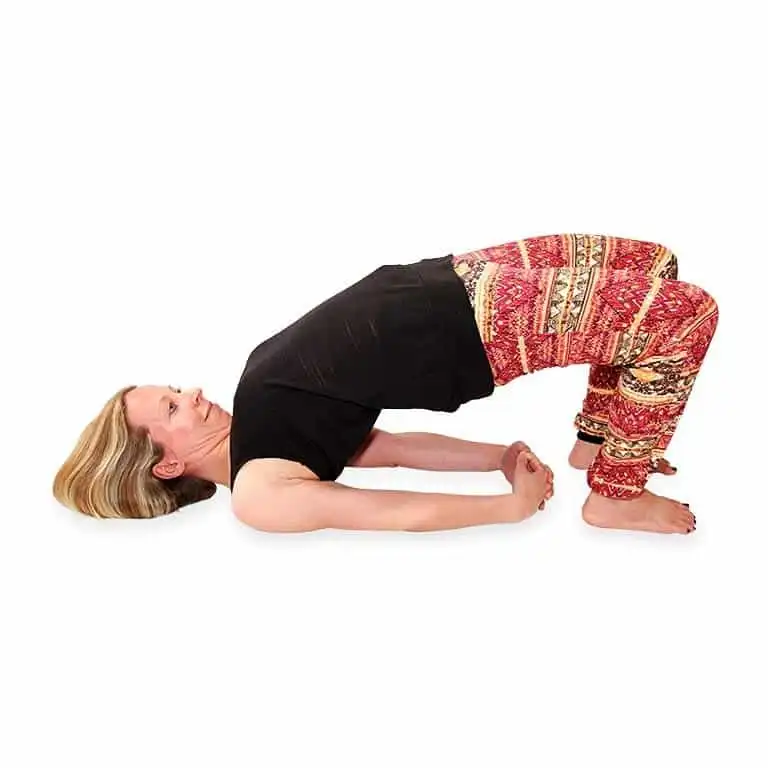
Setu Bandha Sarvangasana is a backbend that strengthens and opens the chest, hips, lumbar spine and front of the thighs. Helps to prepare you for stronger backbend.
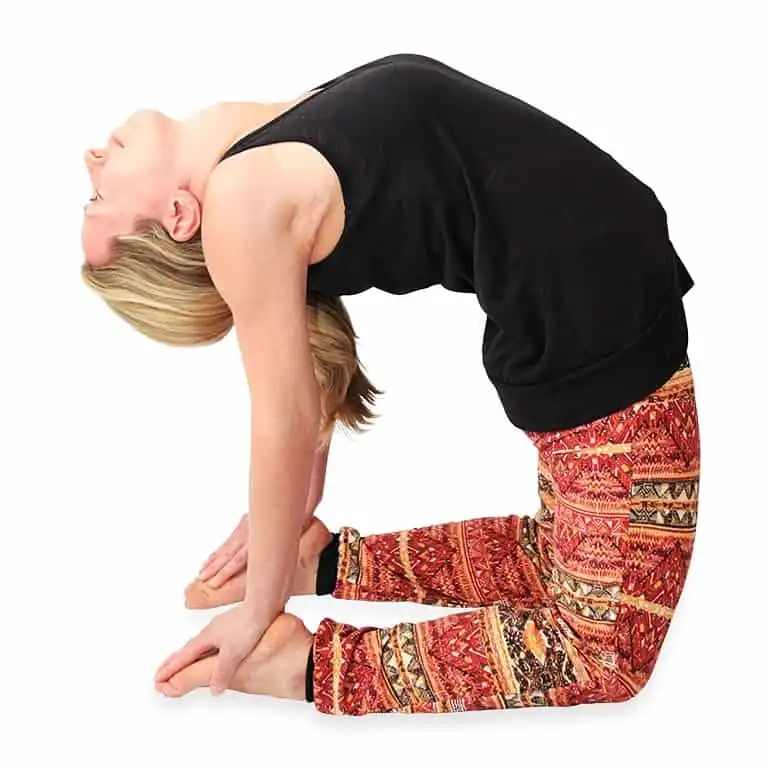
Ustrasana is a backbend that stretches the front of the body. It works the shoulders, opens the chest and helps to keep the lower back flexible. Stretches the ankles thighs and the groin.
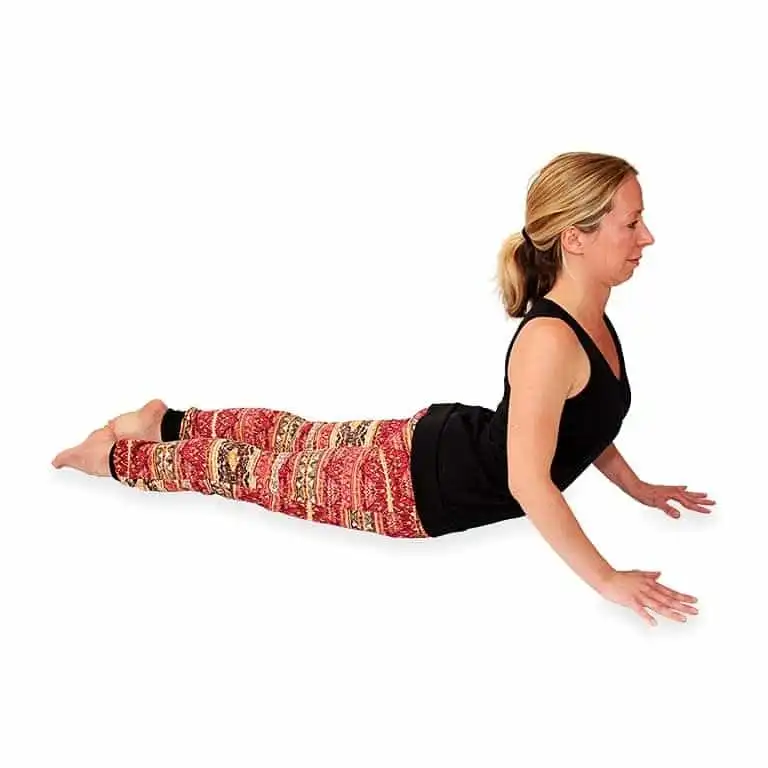
Bhujangasana is a prone backbend which works the shoulders, chest and lengthens the spine. The shape of this pose from head to toe resembles the shape of a Cobra.
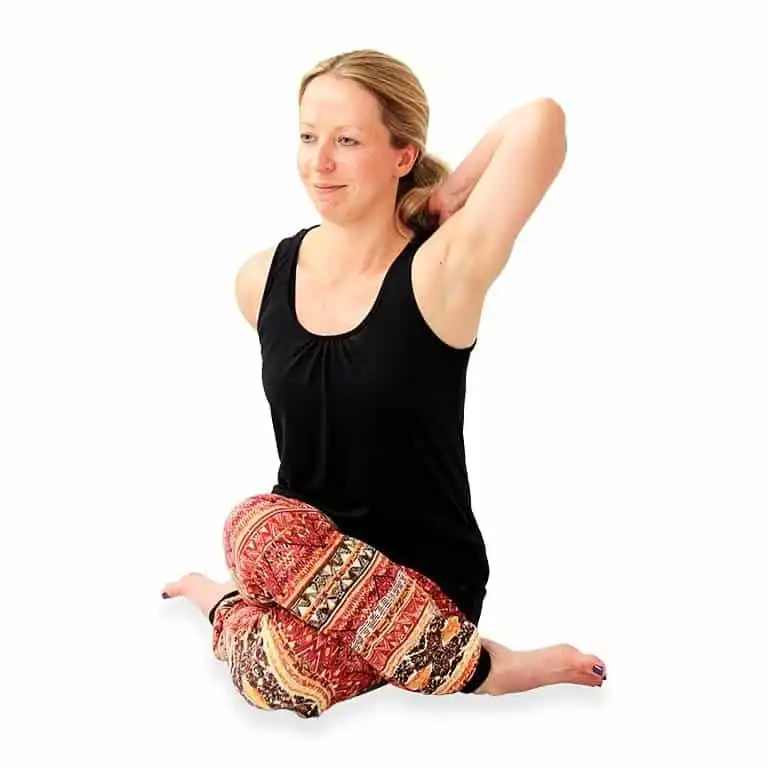
Gomukhasana resembles the face of a cow with the feet forming the horns and the knees creating the mouth. It is good for opening the hips, shoulders, chest and thoracic spine.
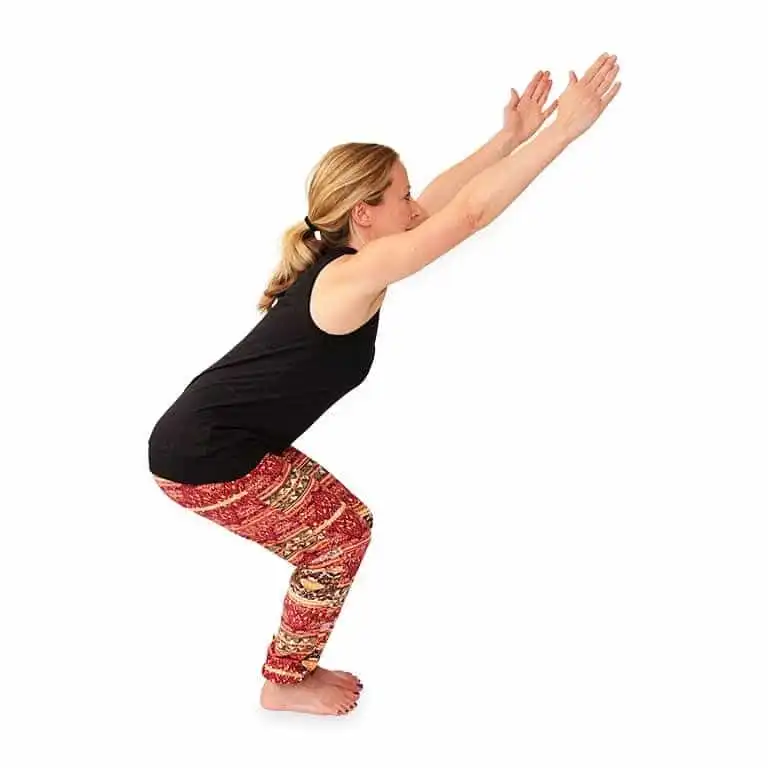
Utkatasana is a very powerful, standing/squatting pose that works the muscles of the legs and arms and stimulates the heart and the diaphragm. It also increases your stamina.
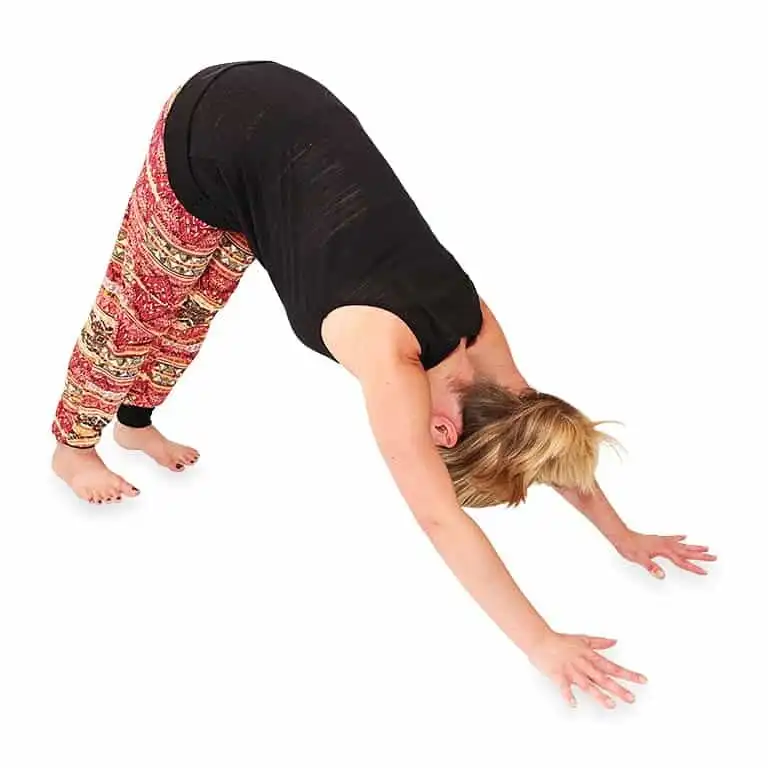
Adho Mukha Svanasana. This inversion pose resembles a dog stretching. The spine, hamstrings and shoulders are all stretched. It is a restorative and rejuvenating pose.
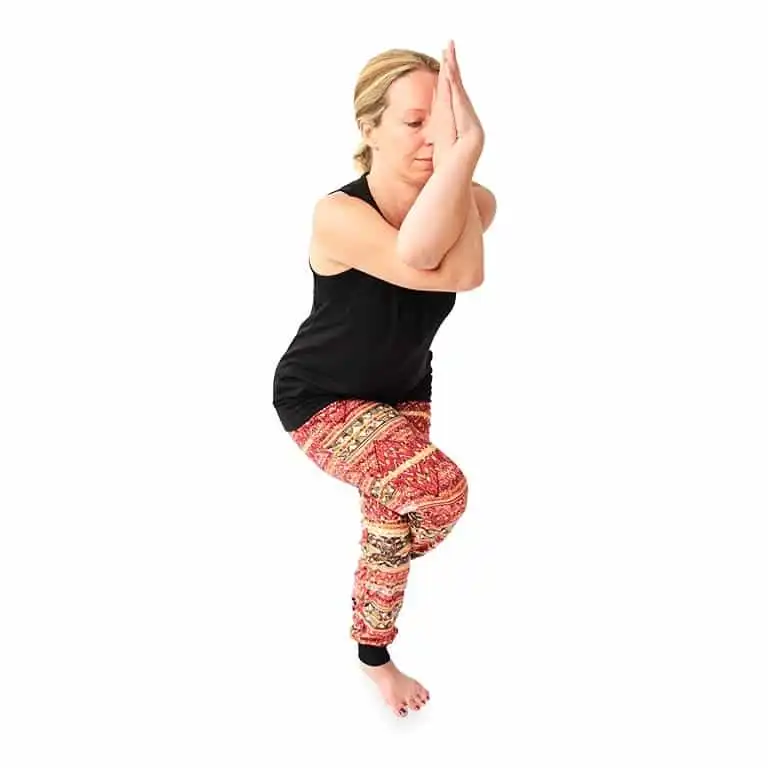
Garudasana is a challenging standing balance pose. It strengthens the ankles and is excellent for releasing tightness in the shoulders. The name refers to the mythical king of birds.
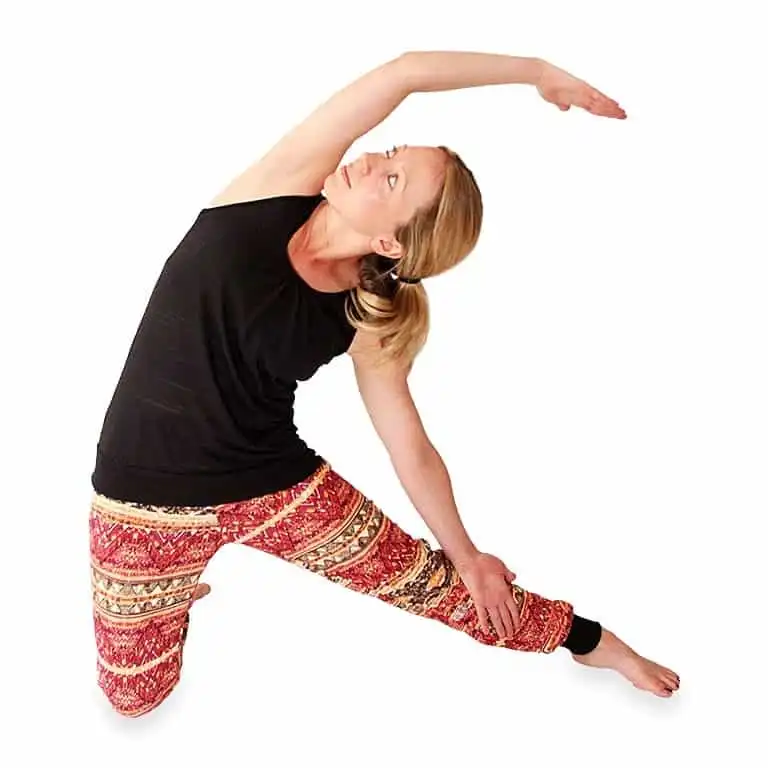
Parighasana stretches the sides of the body and is helpful for toning the abdominal muscles, improving circulation and increasing spinal flexibility. It can improve breathing capacity.
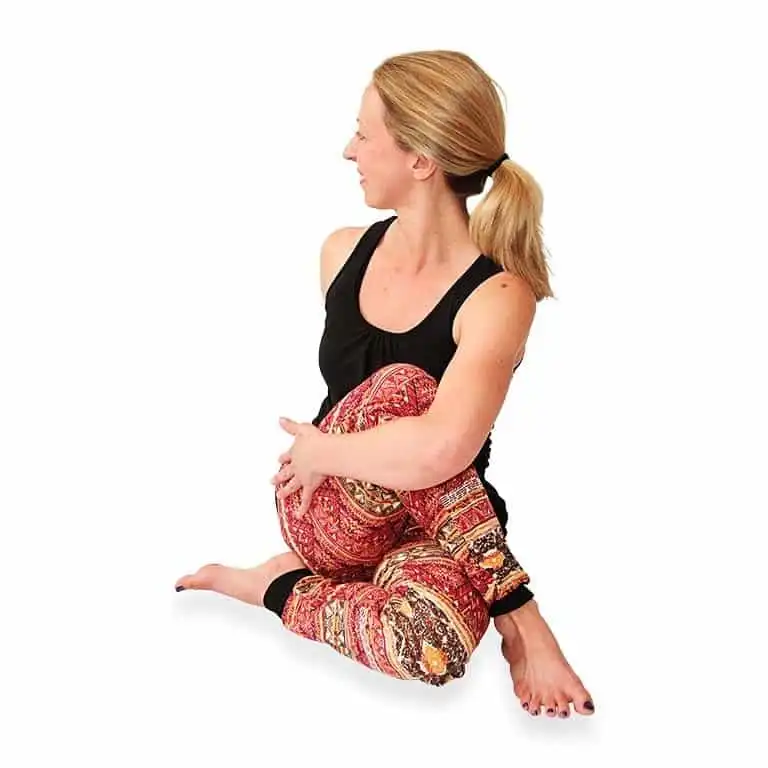
Ardha Matsyendrasana. A seated spinal twist increases spinal flexibility and range of motion. It opens the chest and increases the oxygen supply to the lungs. Can improve digestion.
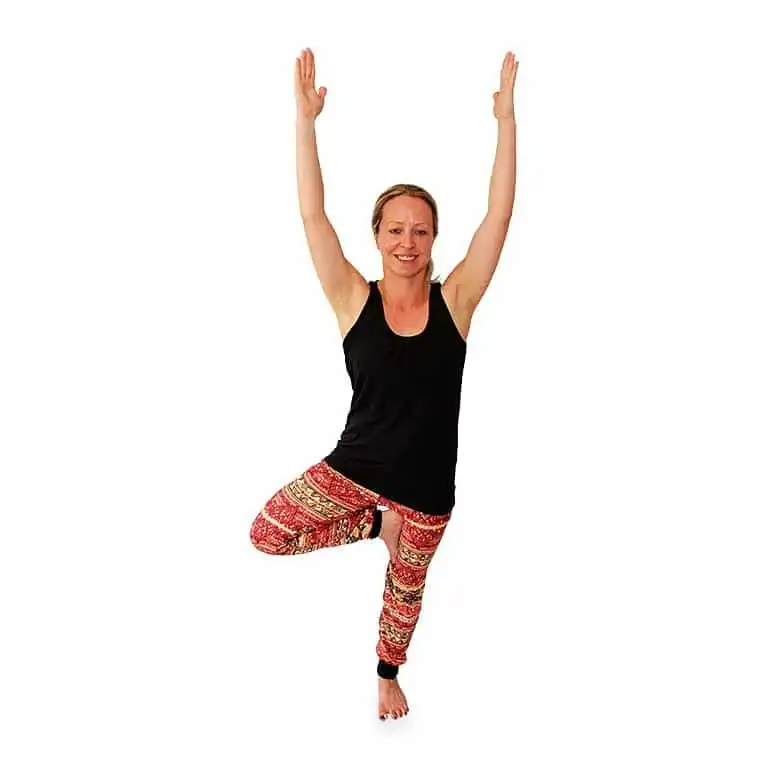
Vrksasana is a standing balance on one foot with the standing leg resembling the trunk and the arms resembling the branches of a tree. Helps to improve focus and concentration.
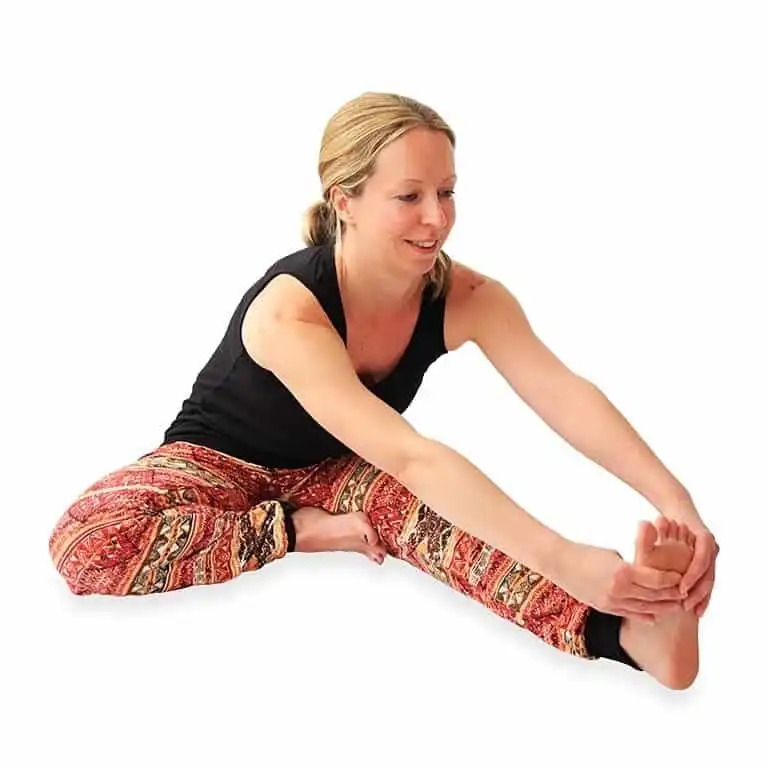
Janu Sirsasana is a seated forward bend that increases flexibility and stretches your spine, back muscles, groin and hamstrings. It stimulates the internal organs and can aid digestion.
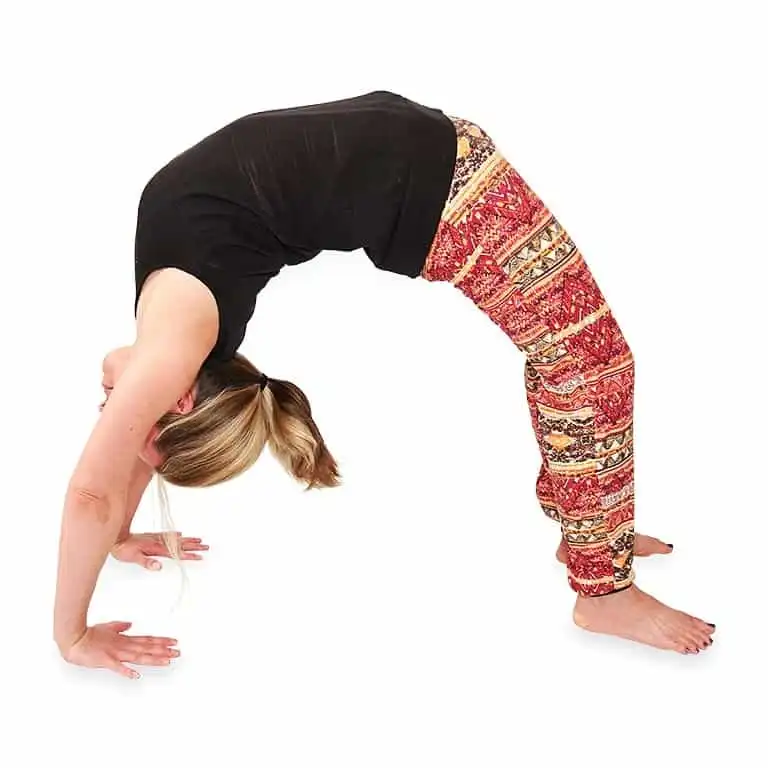
Urdhva Dhanurasana is a strong backbend that works every muscle in the body. Opens the front of the body whilst stretching the spine. Requires good shoulder flexibility and strength.
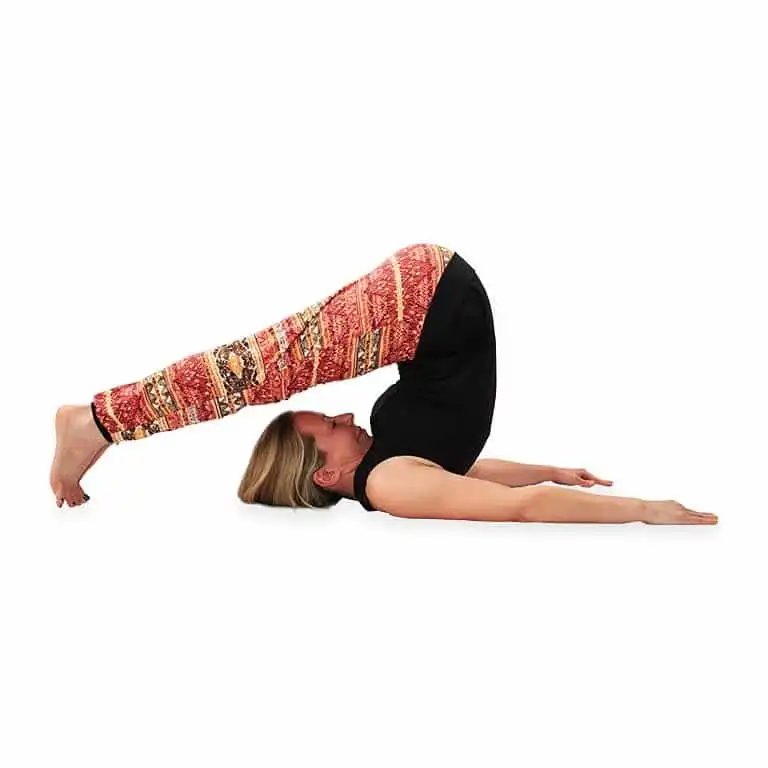
Halasana is a folded over inversion. It is rejuvenating to the entire nervous system. The spine is stretched and the abdominal organs are contracted and toned.
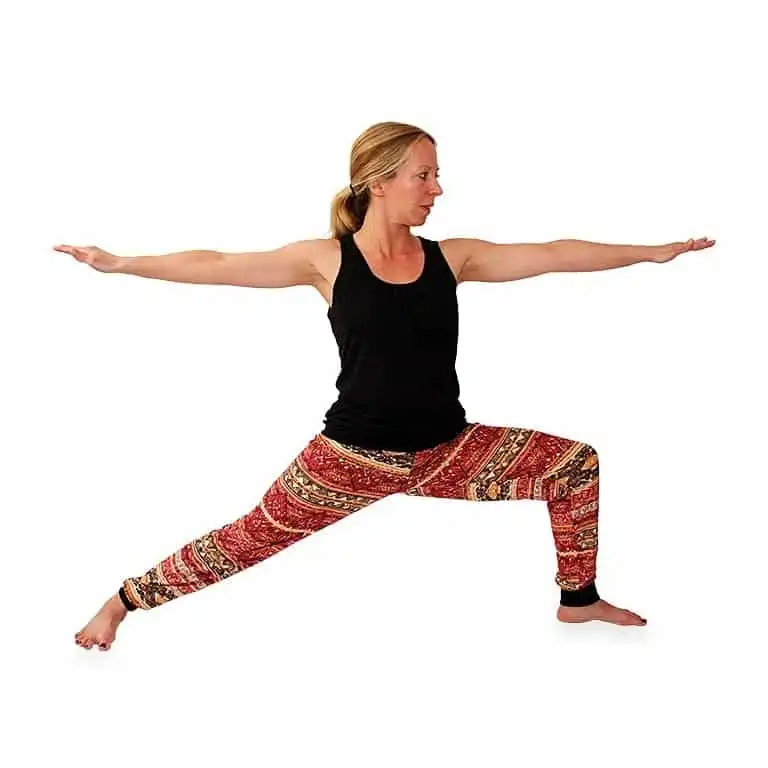
Vrksasana is a standing balance on one foot with the standing leg resembling the trunk and the arms resembling the branches of a tree. Helps to improve focus and concentration.